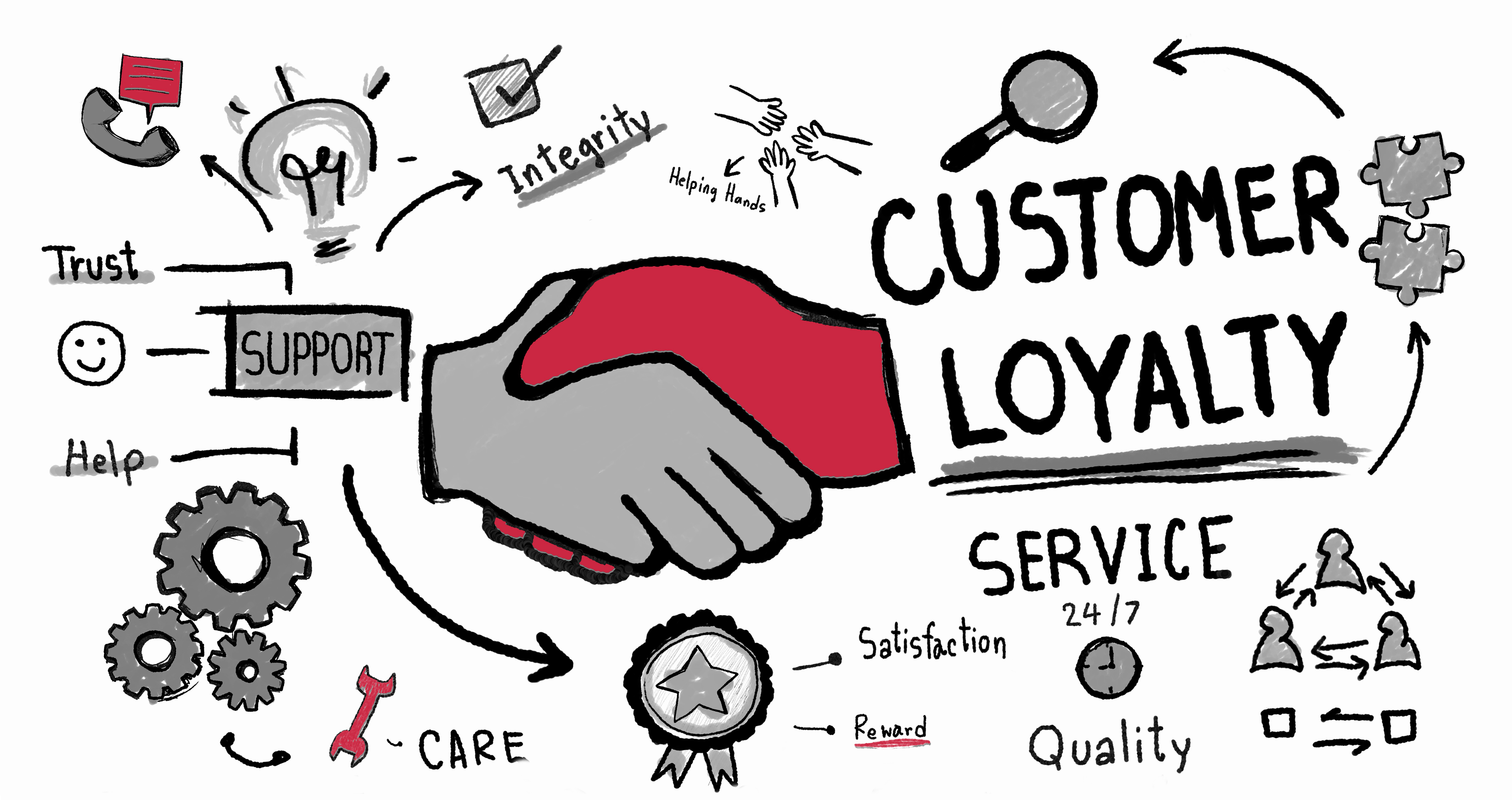By Thomas Davis, CRNA, MAE, Lt. Col (ret)
Follow @procrnatom on Twitter
In 2013 the Centers for Medicare and Medicaid Services published a report that stated 6 in 10 patients were not respected or heard during their hospitalizations.
Throughout the country, healthcare providers are using evidence based practice to deliver the highest quality of care to an aging population with a growing list of coexisting diseases. At the same time, reimbursement is being reigned in requiring providers to see more patients and provide greater service with fewer resources. To that end, healthcare providers focus on completing tasks efficiently and the simple act of connecting one on one drops through the cracks.
Last week I made a quick trip to the grocery store for a few items and was in the express checkout with two ahead of me. The clerk was efficiently scanning and bagging when she noticed that the person in line behind me was her personal friend. Immediately, the clerk engaged her friend in an animated conversation about their children, vacations, holiday plans and a number of other things. She was so engaged with her friend that she did not acknowledge me or the person in front of me. When I stepped up to check out, she scanned the items and pointed to the credit card machine without a breath of interruption in her ongoing conversation. I accepted the receipt and left without ever being acknowledged as having been in line. My only positive memory of the trip to the store was the product, not the experience.
We work in hospitals and not grocery stores and we treat patients rather than scanning items.
In another personal experience last week, at the end of a long day a case was added for a brain biopsy on a 30-year-old with a suspected tumor. The woman was visibly frightened when I met her and though I didn’t have magic words to give her, I listened and heard her fears and concerns. By the time we rolled back, having been heard made her much more relaxed and as I rolled her into the room, I told her about the amazing OR team who were there just for her. As we entered the room I said, “Hi everybody, this is Karen.” Silence. The nurse and scrub tech were reviewing instruments and did not look up. A second OR nurse was on a computer and did not respond. Karen got a stressed look on her face so I turned to the team and enthusiastically announced, “Let’s do this again.” We backed out the door into the hall, re entered the OR and again I said, “Hi everybody, this is Karen.” The second entry generated a warm welcome from the team, Karen relaxed and we quickly got the patient settled and off to sleep.
Connecting with patients matters. The current literature documents a strong link between patient satisfaction and patient outcome, and CMS is no longer willing to reimburse at the full rate when patient satisfaction is lacking. Here is what we know.
- When patients are satisfied with their experience, they are more likely to be compliant with instructions and to keep follow up appointments, both of which affect outcome.
- Patients do not have the technical knowledge to know whether or not they received the best possible treatment, however, they do know how they were treated.
- Healthcare teams committed to giving patients a positive experience have a common goal and tend to work more collaboratively.
- As patient outcomes improve, the morale of the healthcare team also improves making the workplace more attractive to those seeking a great job.
Introducing yourself and reviewing a medical history can be like scanning items at the store – robotically, without ever going below the surface to acknowledge the patient as a unique individual. Or, you can easily connect to the patient on a personal level by simply adding this question, “Tell me something about yourself that is not on your medical record.” Humanizing the process opens a window into the patient’s life and the things that interest them. When entering the OR, introduce the patient and let the team know something about them. Others in the room will join the conversation and soon the patient will feel a connection to the entire team.
As healthcare workers, many things are beyond our personal control. One thing that is completely within our control is the way we interact with our patients. In 2013, 6 in 10 patients reported that they were not respected or heard. If we surveyed your patients from last week, what would they say? Connecting is quick, easy, fun and rewarding. Go beyond the medical record and start treating whole patients.
My wife mailed a registered package at the US Post Office last week and came home saying, “The place was really busy, the man who waited on me took forever, but he knew all the forms needed, the kind of tape to use, the reasons behind the new security regulations and kept up a cheerful chatter with me while he worked, including his two coworkers and even two other customers who were filling out forms and waiting for service. Everyone was smiling and you’d think we had all just had a biscotti and latte with our best friend.” Now that’s a 10 out of 10!
Coming soon: Values based Leadership Webinar series.
